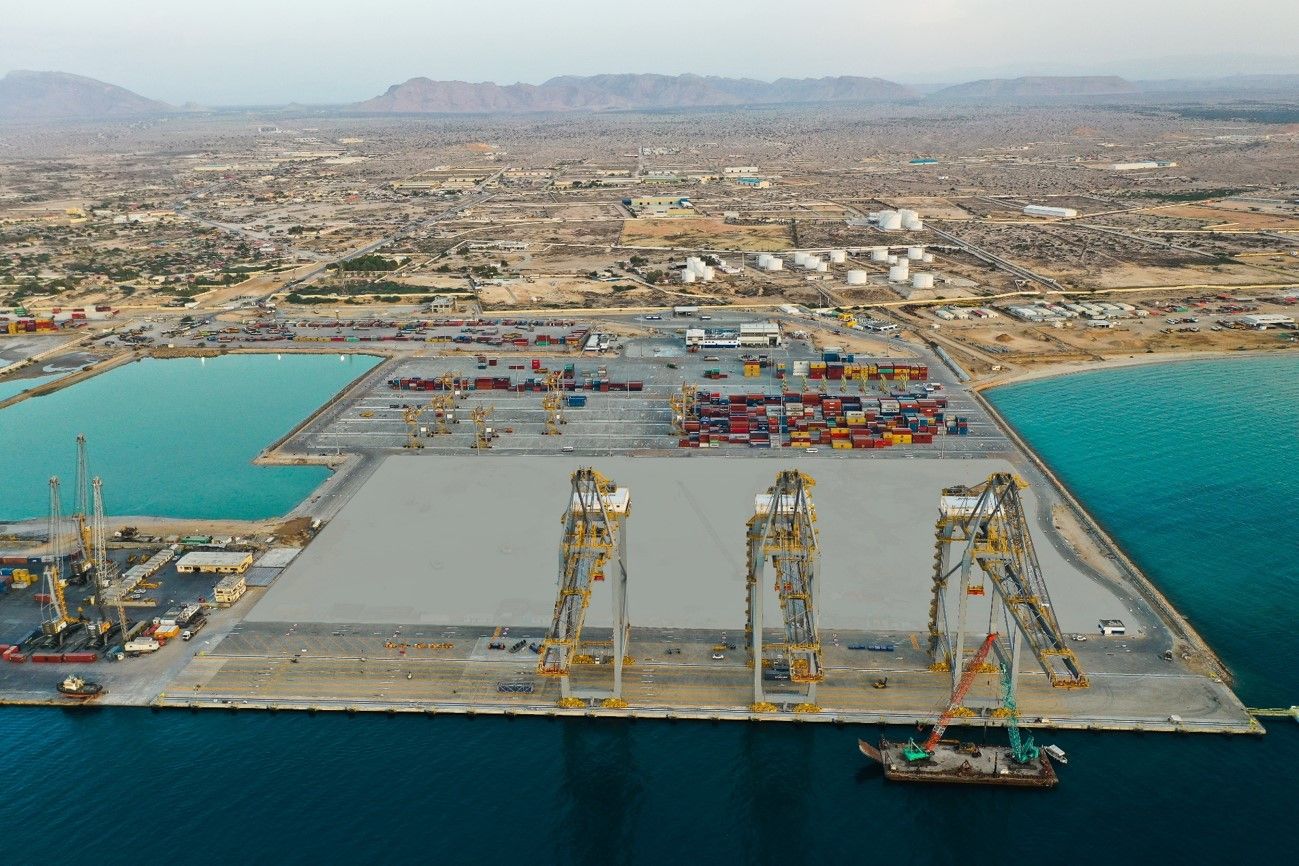You are using an out of date browser. It may not display this or other websites correctly.
You should upgrade or use an alternative browser.
You should upgrade or use an alternative browser.
SOMALILAND Berbera Port Construction Project
- Thread starter merka
- Start date
Extremely good development and all but I am disappointed that it is not dual-carriageway.
If Berbera is going to become the economic hub that we all want it to be, then it requires wider roads. Sharing a lane with trucks going to and fro the seaport will lead to road accidents.
If Berbera is going to become the economic hub that we all want it to be, then it requires wider roads. Sharing a lane with trucks going to and fro the seaport will lead to road accidents.
Extremely good development and all but I am disappointed that it is not dual-carriageway.
If Berbera is going to become the economic hub that we all want it to be, then it requires wider roads. Sharing a lane with trucks going to and fro the seaport will lead to road accidents.
That should be the next thing on the to do list
That should be the next thing on the to do list
I was wondering if that was going to be the case because I saw that there is clear room to expand the corridor if they wanted to.
Proper confused me for a while. Thanks sxb.
ZodiaK
VIP
Extremely good development and all but I am disappointed that it is not dual-carriageway.
If Berbera is going to become the economic hub that we all want it to be, then it requires wider roads. Sharing a lane with trucks going to and fro the seaport will lead to road accidents.
It is going to be a dual lane carriageway but in phases. They couldn't do it all in one go as they were under pressure to open up the first 2 lanes. People were getting sick and tired of using the temporary dirt road with their vehicles taking a beating for over a year. Once the first 2 lanes are complete they will start on the second 2 lanes (the temporary dirt road).
It is going to be a dual lane carriageway but in phases. They couldn't do it all in one go as they were under pressure to open up the first 2 lanes. People were getting sick and tired of using the temporary dirt road with their vehicles taking a beating for over a year. Once the first 2 lanes are complete they will start on the second 2 lanes (the temporary dirt road).
View attachment 191942
Yeah I noticed the dirt roads and was wondering if it was by stages but I got the impression from ppl that this was the finished project.
If they're gonna do it in stages then that's perfect alx. Amazing project.
ZodiaK
VIP

DP World Berbera eyes new CCS in terminal expansion
DP World Berbera will roll out a new Cargo Community System (CCS) to improve data exchange following the opening of a new container terminal earlier this
 www.porttechnology.org
www.porttechnology.org
DP World Berbera will roll out a new Cargo Community System (CCS) to improve data exchange following the opening of a new container terminal earlier this year.
The new container terminal, with a deep draft of 17m and a quay of 400m, hosts three new Ship-to-Shore (STS) gantry cranes and eight Rubber-Tyred Gantry (RTG) cranes – and increases the Port’s container capacity from current 150,000 TEU to 500,000 TEU annually.
Phase two of the terminal’s development is now underway.
In an interview with PTI, Supachai Wattanaveerachai, CEO of DP World Berbera, said the CCS being developed in the second phase of its expansion will simplify data exchange amongst shipping lines and agents, customs, and other port stakeholders.
Connectivity
In meeting the increased digital demand the operator will introduce an automated gate system for the trucking community, using AI and IoT recognition for truck plate and container numbers.
“The automation improves the truck turnaround time by reducing manual administrative processing currently being done in pre-gate and gate-in,” the CEO noted.
The new container terminal is equipped with a full fibre-optic Local Area Network (LAN) and 5G outdoor wireless coverage in shore and yard activities, Wattanaveerachai said.
The terminal’s new integrated Terminal Performance Analyser system, a dashboard system determining a terminal’s KPIs, availability of resources and business activities, has “established visibility on [DP World’s] business units,” he noted.
The terminal will also benefit from cloud-based Zodiac Terminal Operating System (TOS), using new features Zodiac AI and Zodiac Expert to effectively forward operations for incoming cargo and reducing errors in the terminal yard.
Wattanaveerachai said the IT focus on the new terminal allows rapid response against disruptive supply chain events such as COVID-19, the Suez Canal incident, and Yantian Port crisis.
“Overall, having such an executive view, allows quick decision-making and agility to address any type of disruption to the supply chain to facilitate economic activities of the markets highly dependent on the port,” he said.
ZodiaK
VIP
Traders in Doolow and Belethawa in Gedo region have opted to source for food commodities from Berbera port via Ethiopia instead of Mogadishu due to increased checkpoints and high taxation along Mogadishu - Belethawa trade Corridor. This has led to increased lead-time from 7 to10 days. (WFP)
Trending
-
Im acc tired of people telling any somali they see they look like "insert beta squad member"
- Started by kamek
- Replies: 94
-
-

 we done it
we done it